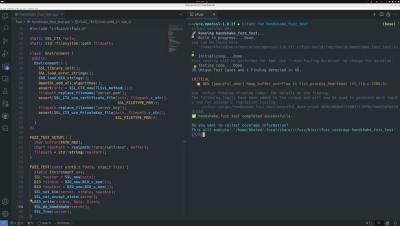Understanding Out-of-Bounds Memory Access Vulnerabilities and Detecting Them with Fuzz Testing
Out-of-bounds memory access, also known as buffer overflow, occurs when a program tries to read from or write to a memory location outside the bounds of the memory buffer that has been allocated for it. This type of vulnerability is particularly dangerous because it can lead to various issues, including crashes, data corruption, sensitive data leaks, and even the execution of malicious code.





